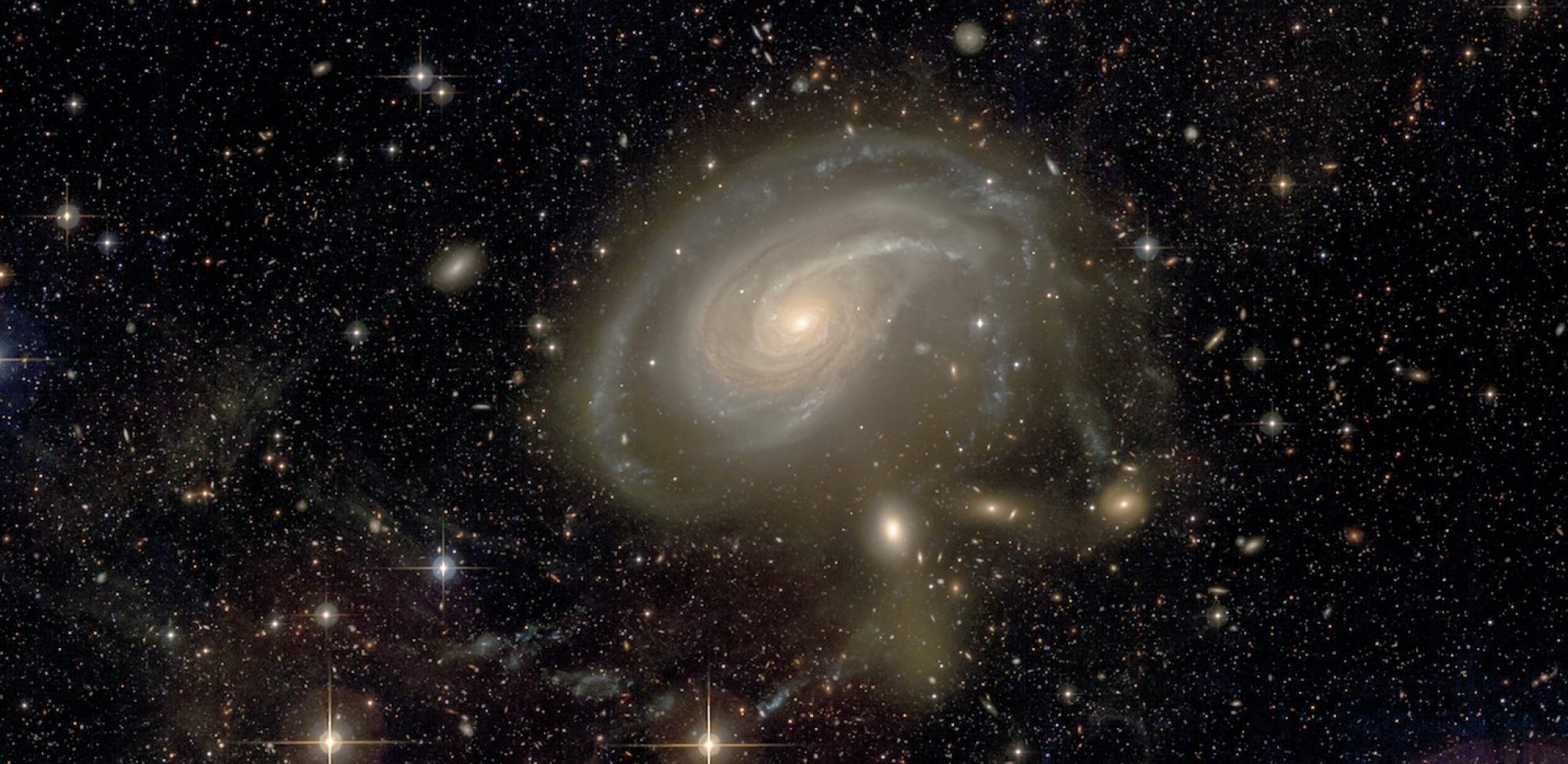
The final stages of mass assembly of present-day massive galaxies are expected to occur through the accretion of multiple satellites. Cosmological simulations thus predict a high frequency of stellar streams resulting from this mass accretion around the massive galaxies in the Local Volume. Such tidal streams are difficult to observe, especially in dense cluster environments, where they are readily destroyed. We present an investigation into the origins of a series of interlaced narrow filamentary stellar structures, loops and plumes in the vicinity of the Virgo Cluster, edge-on spiral galaxy, NGC 4216 that were previously identified by the Blackbird Telescope. Using the deeper, higher-resolution and precisely calibrated optical CFHT/MegaCam images obtained as part of the Next Generation Virgo Cluster Survey (NGVS), we confirm the previously identified features and identify a few additional structures.
The NGVS data allowed us to make a physical study of these low-surface brightness features and investigate their origin. The likely progenitors of the structures were identified as either already catalogued VCC dwarfs or newly discovered satellites caught in the act of being destroyed. They have the same g − i color index and likely contain similar stellar populations. The alignment of three dwarfs along an apparently single stream is intriguing, and we cannot totally exclude that these are second-generation dwarf galaxies being born inside the filament from the debris of an original dwarf. The observed complex structures, including in particular a stream apparently emanating from a satellite of a satellite, point to a high rate of ongoing dwarf destruction/accretion in the region of the Virgo Cluster where NGC 4216 is located. We discuss the age of the interactions and whether they occurred in a group that is just falling into the cluster and shows signs of so-called “pre-processing” before it gets affected by the cluster environment, or in a group which already ventured towards the central regions of Virgo Cluster. In any case, compared to the other spiral galaxies in the Virgo Cluster, but also to those located in lower density environments, NGC 4216 seems to suffer an unusually high heavy bombardment. Further studies will be needed to determine whether, given the surface brightness limit of our survey, about 29 mag arcsec−2, the number of observed streams around that galaxy is as predicted by cosmological simulations or conversely, whether the possible lack of similar structures in other galaxies poses a challenge to the merger-based model of galaxy mass assembly.
Published in Duc et al., 2011, MNRAS 417, 863

